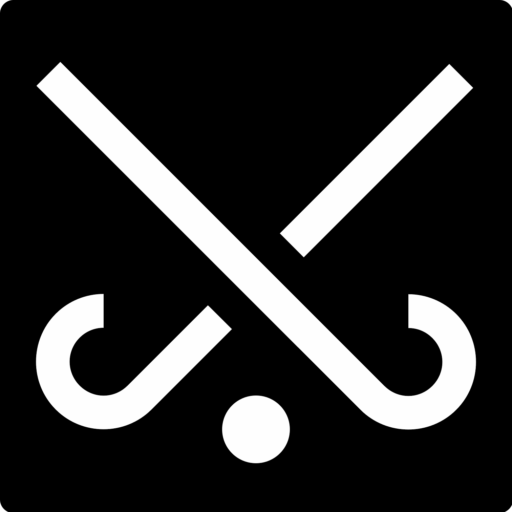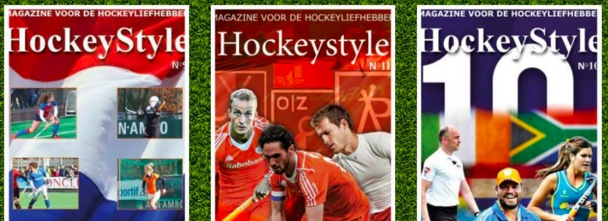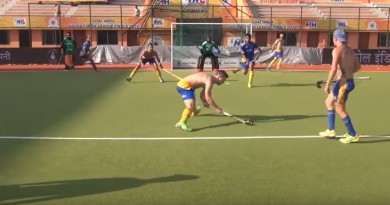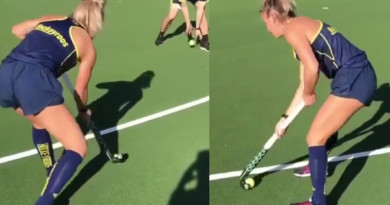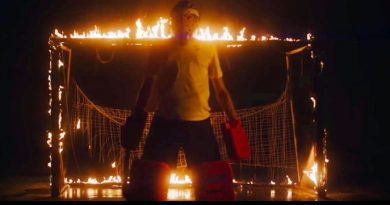Simon Egerton shares some insights about his hockey life and some secrets about how to become a successful drag flickerHockeystyle.nl
Our friends of Hockey Style Magazine had a chat with Simon Egerton, who shared some insights about his hockey life and some secrets about how to become a successful drag flicker.
“Hockey has always been in my family. My father represented Scotland at senior level and my mother played for England at mixed hockey level. I took a different route however, as I was more interested in soccer, cricket and rugby when growing up. It wasn’t until I was 18/19 when I started playing properly for my home club in Manchester, Bowdon. I was accelerated quite quickly into representative hockey and then fortunate enough to be selected for England but also to see a lot of the world through club hockey which I have played in Australia, New Zealand, Germany, Holland.”
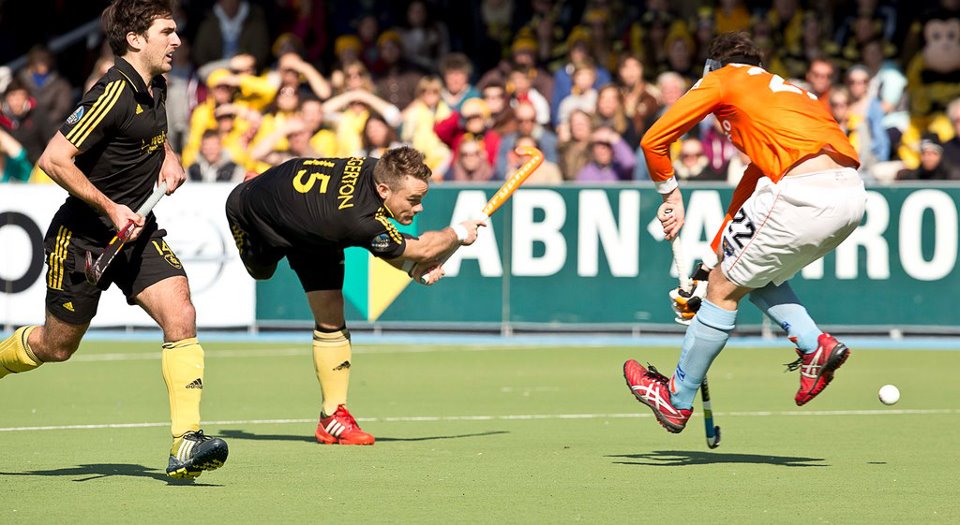
“Hockey has such a huge audience in The Netherlands, that brings with it sponsorship and money to the game. This creates more of a professional sport which really can’t be compared to the other leagues. I think any player who plays hockey always has ambitions to play in the Dutch league as they know it’s the best in terms of the standard of trainings / games, and also spectator levels.”
“Dutch hockey has great attacking flair and you see that most games in the Hoofdklasse. That’s what separates the Dutch league most from other leagues. Each of the other leagues I have played in were different, for example, the German league is based around (not surprisingly) ‘defence first’, Australian hockey is very aggressive and attacking. The English and New Zealand leagues are more around tactical play but probably don’t have the playing standard of perhaps the Dutch and German leagues.”
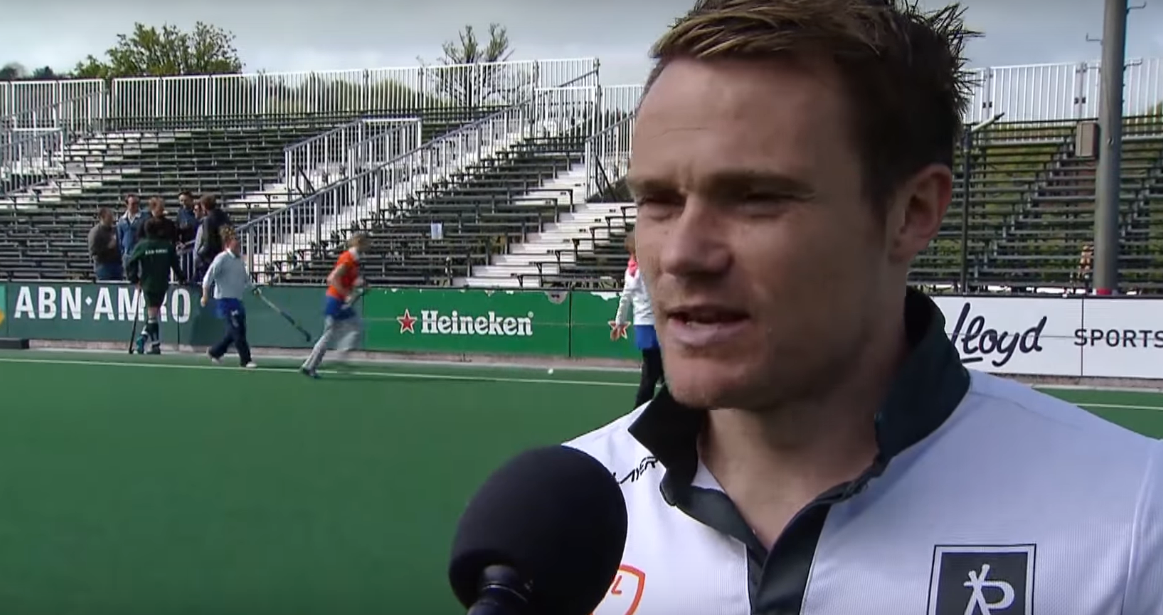
“I just love scoring goals! I have been flicking corners for about 7 years and I enjoy the technical aspect of constantly trying to improve your technique to make your drag flick quicker, or even put more disguise on it. I’ve never really been taught by anyone, I once had a session with Bram Lomans at HGC. So most of my technique has come through trial and error. I’m not blessed with height, which I believe helps, so I have to look to other ways of generating extra power. Some of that work is done in the gym away from the hockey pitch.”
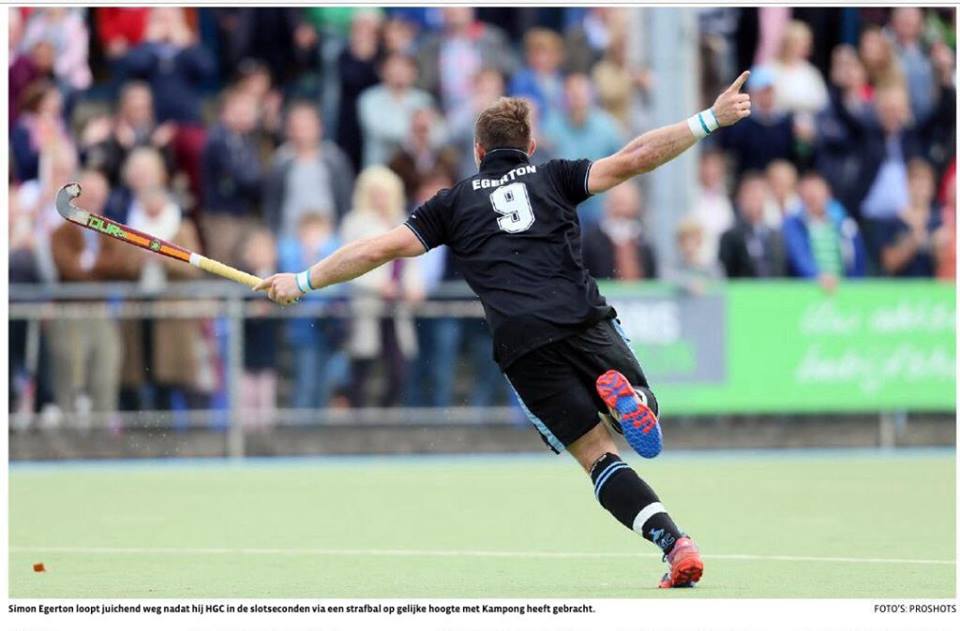
“90% of the result of the corner comes down to the quality of the push out and the stop. I’m very fortunate that at Amsterdam we have world class players pushing out (Jan-Willem Buissant & Mirco Pruyser) and stopping (Fergus Kavanagh & Billy Bakker). We tend to train most of the time with the entire PC team and mix and match the combinations of pusher and stopper, so that everyone knows how everyone else executes their skill. What I think a lot of young players forget is that pushing out and stopping PCs are also specialist skills that could make the difference in being selected in a team or not one day.”
